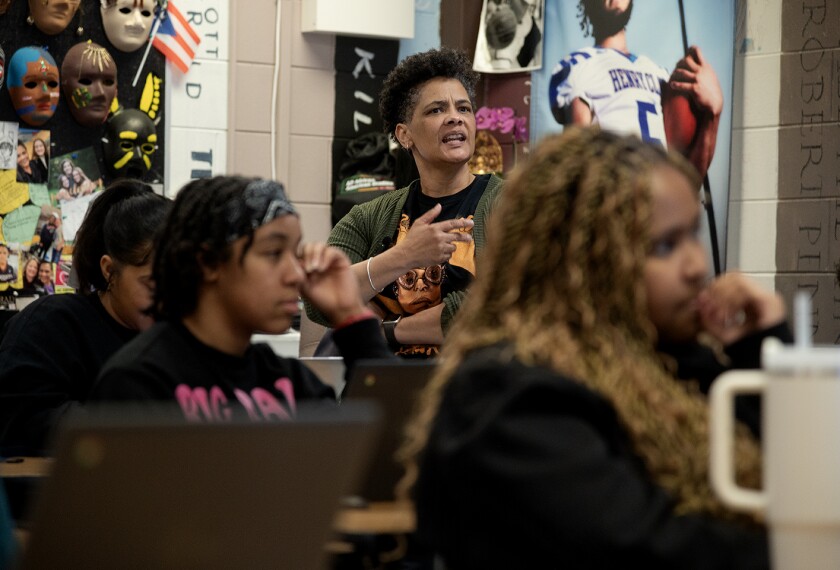Q. Can you describe what’s happening in your illustration?
Jeff Dekal: This illustration is an interpretation of my earliest memories of drawing as a child. Instead of doing what most of the other kids were doing after school or on the weekends, my friends and I would pick themes and draw them. That’s how we got our kicks.
Q. What was your motivation as a young artist?
Dekal: I don’t think I needed much motivation. Drawing was just what I loved to do. As a child, my life really was that simple. I think motivation becomes necessary when we start to experience the portions of life that can get us down, like having to do whatever it takes to pay the bills, or the experience of loss that can lead to depression. Then, it becomes necessary to seek out some kind of stimulus to bring us back to a place where we are mentally ready to create.

Education Week Commentary asked leading educators and advocates to discuss the arts in K-12 education. Some of the contributors assert that the arts are a bridge between traditional academic subjects and the creative skills necessary to thrive in a global, 21st-century economy. Others argue for the critical part the arts play in child development.
Regular contributing artists illustrate the package, which continues online with a video that explores the role of the arts in classroom engagement.
This special section is supported by a grant from The Wallace Foundation. Education Week retained sole editorial control over the content of this package; the opinions expressed are the authors’ own, however.
Q. You’ve mentioned to us in an earlier conversation that you felt “different” as a young artist. What did you mean by that?
Dekal: It’s just more of a feeling. I would watch my peers and notice what they did with their time. I tried to do those things, but most of them just never clicked with me. I could still participate and enjoy the activities to an extent, like joining sports teams. But the feelings I experienced didn’t seem the same as the feelings that most of the other kids experienced. They seemed to enjoy them a lot more than I did.
Q. What helpful advice can you offer educators for working with young students who show artistic promise?
Dekal: Find a balance of encouragement and push. You want to push them past their limits, but children can be sensitive. You want to make sure you give them enough praise so they can understand that you’re only trying to make them better at what they’re doing.





